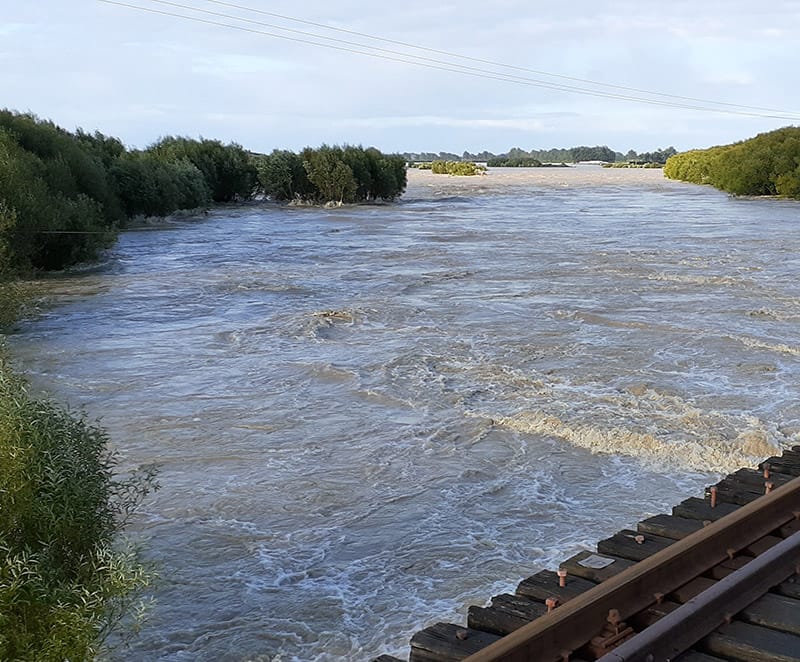Cyanobacteria has been found in the Oreti River but there is no threat at present to drinking water supplies around the city.
The Invercargill City Council reported to today’s Infrastructure Committee that the ‘Blue Green’ algae was detected on March 13 by Environment Southland.
Found in the vicinity of council’s water intake at Branxholme, while the bacteria was not a health hazard, the toxins they produced (called cyanotoxins) were.
The report said cyanobacteria attracted attention in part because of well-publicised incidents of animal poisoning.
Group manager infrastructure Erin Moogan told the meeting, council had received results from both pre and post treatment plant water samples and there were no cyanotoxins detected in the source or post treatment water.
“That’s very good news for our supply. The risks will would have been low even if there was some toxins present,” she said.
The Branxholme treatment plant has both advanced oxidation and activated carbon filtration treatment types in the source water.
These treatments were considered to be effective treatment processes to reduce public health risk from cyanotoxins to very low.
Erin said council would continue monitoring while there was a presence found in the Oreti River, and also updating its water safety plans, “so we can make sure that we are more proactive in identifying it in future years.”
She expected that it may be an occurrence that they saw more often.
Outbreaks of human poisoning attributed to toxic cyanobacteria have also been reported in several countries including Australia, following exposure of individuals to contaminated drinking water, and the United Kingdom, where army recruits were exposed while swimming and canoeing.
However, the only proven human fatalities associated with cyanobacteria and their toxins have occurred in Brazil.


